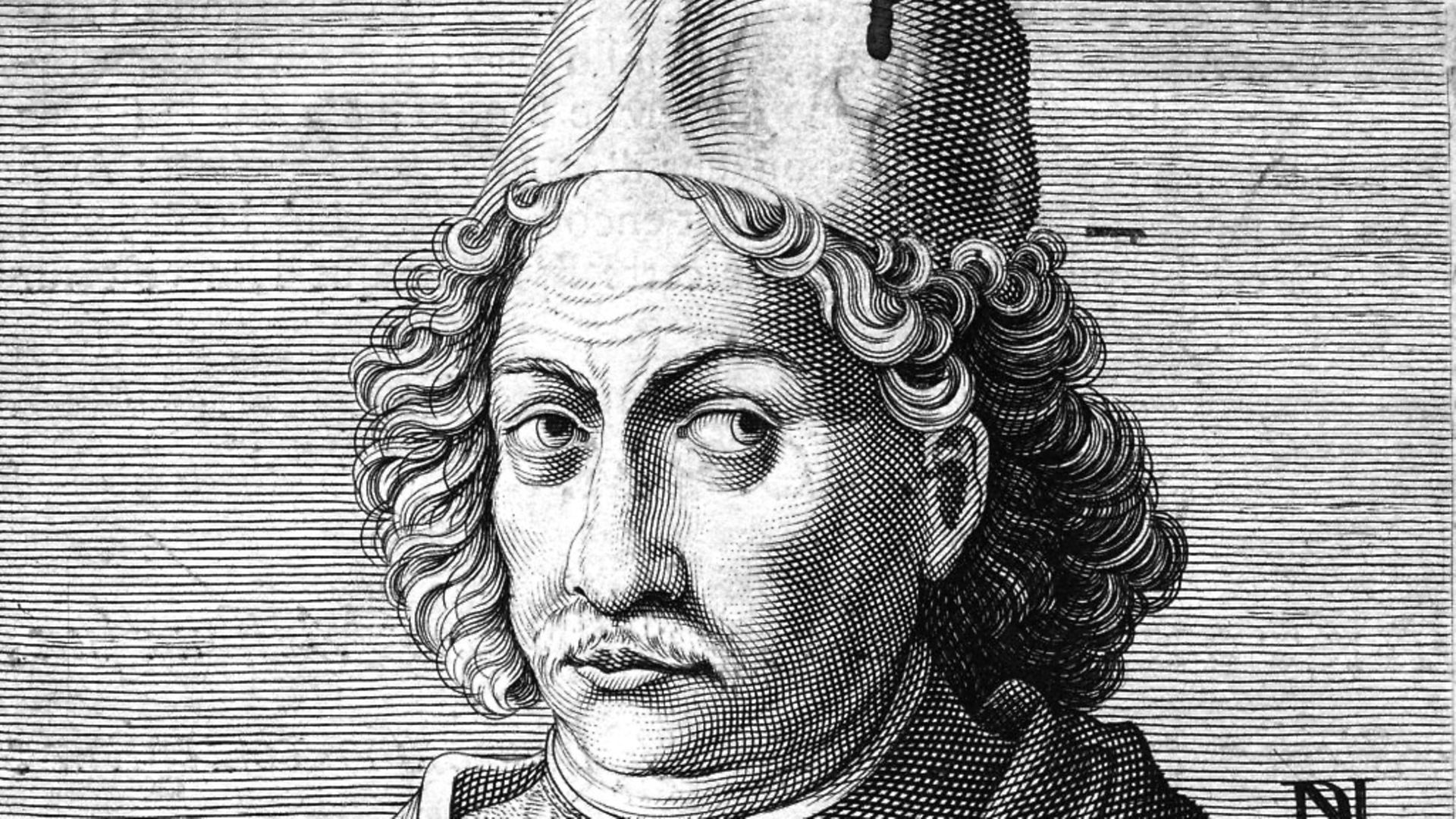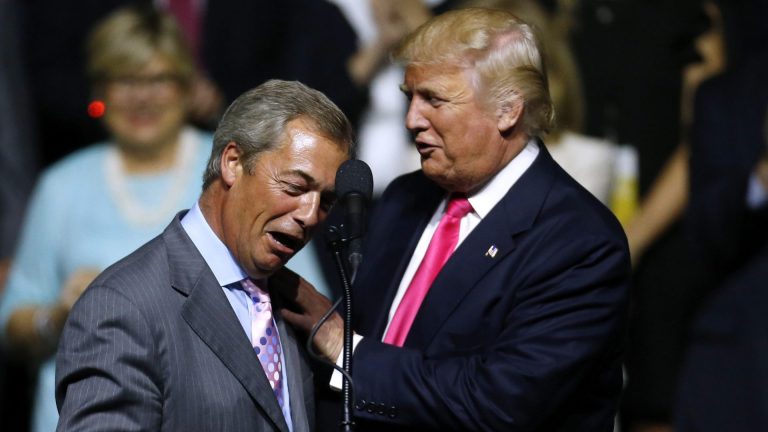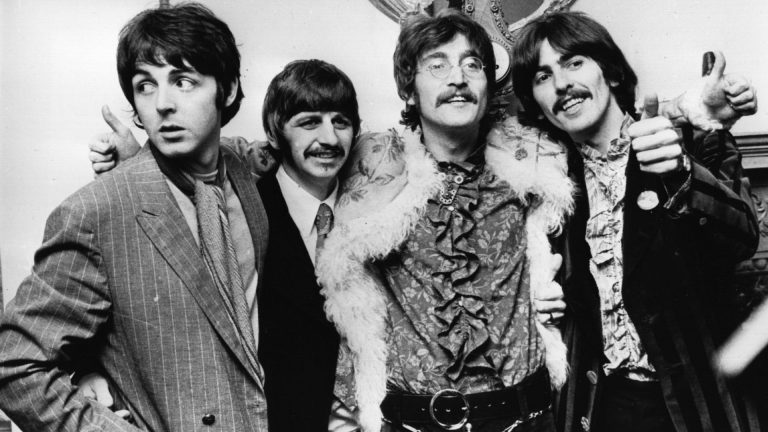
For 500 years, Verrocchio has been overshadowed by his more famous pupil, Leonardo Da Vinci. Claudia Pritchard reports on a new exhibition attempting to draw him into the limelight.
The distinctions between painter, sculptor, goldsmith and architect were more blurred in 15th century Italy than today, and it was not uncommon for artists and craftsmen to move with apparent ease from medium to medium, now working in bronze, now painting, now designing monuments, often for the wealthy families who kept so many artists in work.
The careers and work of these multi-talented men – and they were, almost without exception, men – were scrutinised in the 16th century by their fellow artist Giorgio Vasari, whose Lives of the Artists was hugely influential on generations of art-lovers to come.
His book, published in 1550 and revised in 1568, often invaluable, occasionally fanciful and misleading, did much to make or break the reputation of its subjects. So while Leonardo da Vinci was considered by Vasari to be a natural genius, his master Andrea del Verrocchio was less favoured.
Verrocchio, Vasari determined, while a grafter “who delighted in study and hard work… little content to be considered great in one genre alone” lacked “the facility of a natural gift”.
His pupil Leonardo, on the other hand, had a gift “bestowed by God and not acquired by human art”. Now, a new exhibition at the Palazzo Strozzi in Florence – the first ever devoted to Verrocchio – aims to set the record straight.
In the year that marks 500 years since the death of Leonardo da Vinci, Verrocchio: Master of Leonardo illustrates the debt of the younger artist to the man in whose Florence studio he first worked.
Verrocchio was born Andrea di Michele di Francesco Cione in Florence in about 1435.
His father was a brickmaker, and later a customs official in that busy trading city. But at 14 a catastrophic incident led indirectly to a life-changing apprenticeship for Andrea.
In a stone-throwing game with other boys, he accidentally struck his friend Antonio, who died 13 days later. A peace agreement between the two boys’ fathers was witnessed by, among others, the goldsmith Francesco di Luca Verrocchio. Andrea was then taken on at his workshop – and thereafter bore his surname.
While it is unlikely that the hundreds of jewellers who crowd on and around the Ponte Vecchio in Florence these days could also turn their hand to the occasional funeral monument or altarpiece, this apprenticeship, and his transfer to the goldsmithing workshop of Antonio Dei, prepared the young Verrocchio for a lifetime of work across many mediums.
Today he is probably best known for paintings that have come into British collections, notably Tobias and the Angel (1470-72) and The Virgin and Child with Two Angels (1471-72), known as the Volterra Madonna.
Both on loan to the Strozzi, they illustrate what was only a very brief foray into painting by Verrocchio, who in 1458 declared that business as a goldsmith was slack.
His master, Dei, appeared on a debtors’ list that year, and within three years Verrocchio, applying to other skills the meticulousness of his training, was receiving important design commissions, notably for the Medici family.
By 1467, still only in his 20s, a pair of life-sized bronze and gilded figures known as The Incredulity of St Thomas was commissioned for the church of Orsanmichele.
In these animated sculptures and in his sensuous, androgynous David Victorious (1468-70), he clearly owes much to the earlier artist Donatello, who had just died in Florence.
Turning, effortlessly it would seem, to painting around 1470, he employed both his sculptural skills in compositions with unprecedented animation.
The exhibition credits him with creating the prototype of the so-called ‘window ledge’ Madonnas. In Verrocchio’s Madonna and Child (1470), the infant Jesus stands on a carved sill, as if about to step into our space, a radical departure. Yet in 1470, Verrocchio described himself simply as “a stonecutter”.
A year later, his young studio assistant, Leonardo da Vinci, recorded that he helped Verrocchio in the welding of a vast copper ball to the top of the dome of the cathedral of Santa Maria dei Fiori, as envisaged by the now-dead architect Brunelleschi.
The association between Leonardo and Verrocchio lasted at least until 1476, according to legal records: Leonardo was acquitted on a charge of sodomy that year. During his time in the workshop, Leonardo produced many drawings, learning from his master, and as a limitless all-rounder must have thrived in a workplace that would turn its hand to any medium.
But just as the distinction between the arts was blurred, so too was the autonomy of authorship. With a studio full of young apprentices, it was not only useful to have other hands work on a piece, it was the master’s responsibility to delegate some of the actual execution of designs to others.
That, after all, was how he had learned. So there is continuing ambiguity over who did what in the design which was unquestionably Verrocchio’s, with its sculptural solidity and brio.
The head of Tobias in Tobias and the Angel is thought better painted than that of the Archangel Raphael who guides him. Furthermore, the fish that Tobias carries (which will cure his father’s blindness), and a jaunty, see-through dog are masterly; these are therefore all the work of Verrocchio, say some, or of his assistant Leonardo, say others.
The intricate intertwining of arms is virtuosic and therefore probably by the goldsmith who also worked so effortlessly in marble and bronze.
Bought by the National Gallery in 1867, the picture was then attributed to Antonio del Pollaiolo, and has also been associated with the artists Francesco Botticini and Perugino. In other words, authorship in the fluid Quattrocento is pretty hard to pin down.
Thus the big surprise of this exhibition and an exciting development in this centenary year has been the revelation that a small and gleeful terracotta entitled The Virgin with the Laughing Child (c.1472) on loan to the Strozzi from the Victoria and Albert Museum, is not only the work of Leonardo, but his sole surviving complete sculpture.
As evidence, experts point to the finely wrought garments, which are consistent with Leonardo’s drawings of drapery, and, to the liveliness of the very real, wriggling, child, who closely resembles the little chap in Verrocchio’s bronze Winged Boy with Dolphin (1470-75).
As for the visible pleasure and amusement in the expression of his mother, here surely is the prototype of the enigmatic Mona Lisa, to appear 30 years later. The subtly raised corners of the mouth appear again in Verrocchio’s own sculptural masterpiece, Lady With Flowers (1475). Perhaps the master was now learning from the pupil in the collaborative and collegiate workshop of Andrea del Verrocchio.
Verrocchio: Master of Leonardo runs at the Fondazione Palazzo Strozzi, Florence (www.palazzostrozzi.org; 0039 055 264 5155), until July 14









